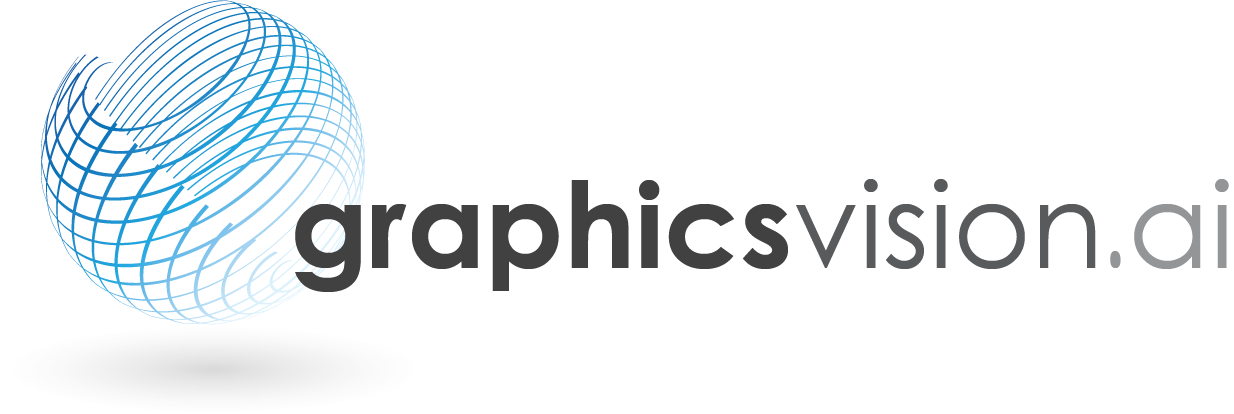Collaborative and Autonomous Digital Twins Empowered by People for Flexible and Intelligent Manufacturing.
GIZAKITU
Duration:
01.08.2025 - 31.12.2026
During the last decade, and notably following the recent COVID-19 pandemic, the level of digitalization of both machines and processes has increased significantly in our environment. Likewise, several industrial companies already have digital twins that support, simulate, or optimize specific relevant processes.
At the same time, AI has made an exponential leap in its capabilities, application possibilities, and ease of use. For example, open repositories of AI models like Hugging Face greatly simplify the development of AI-based applications, and Large Language Models (LLMs) and Generative AI have sparked a revolution in 2024 that continues into early 2025.
This situation, combined with the development of vision and robotics technologies, has also led to technological improvements and an increase in technologies enabling collaboration between humans and machines.
Finally, the technologies themselves, along with the specifications and standards in the Industry 4.0 world, have matured and penetrated the market more deeply. The paradigms of Industry 4.0, enhanced by the concept of Industry 5.0 promoted by Europe—which emphasizes the relevance of humans and societal sustainability in companies—continue transforming the industry.
Therefore, it is undeniable that significant progress has been made toward the concept of the Intelligent/Smart Factory, but…
-
There remains a significant deficit in production flexibility and intelligence. Production lines and machines are still designed, automated, and managed for one or a few product variants.
-
Humans remain indispensable, with our flexibility being a major advantage over automated processes, which require great effort to adapt to changes in the environment, products, or components.
-
Intelligence is limited to maintenance tasks, local optimizations, and specific tasks or processes; it is not applied at the global manufacturing level.
-
Connectivity and communication standards such as OPC UA have been established in the market. However, the flexible production standard (AAS Type 3) is still in its early stages.
The GIZAKITU project is framed in this context, where despite the establishment of Industry 4.0 initiatives, the vision of the Flexible and Intelligent Factory still faces significant challenges.
The objective of the GIZAKITU project is scientific and technological research in intelligent manufacturing environments based on flexible production standards (AAS Type 3), where humans—represented by their digital twins—collaborate and interact with digital twins and intelligent, autonomous AI-based agents of machines and products.
To achieve this goal, GIZAKITU focuses on the following points:
-
Integration of humans to leverage our adaptability, which is essential to achieve the flexibility required by an Intelligent Factory.
-
Intelligence based on multi-agent approaches and AI that allow machines and humans to socialize autonomously.
-
Standardization, based on the flexible manufacturing standard (AAS, Asset Administration Shell, Type 3), promoted by IDTA (Industrial Digital Twin Association).
Looking for support for your next project? Contact us, we are looking forward to helping you.







